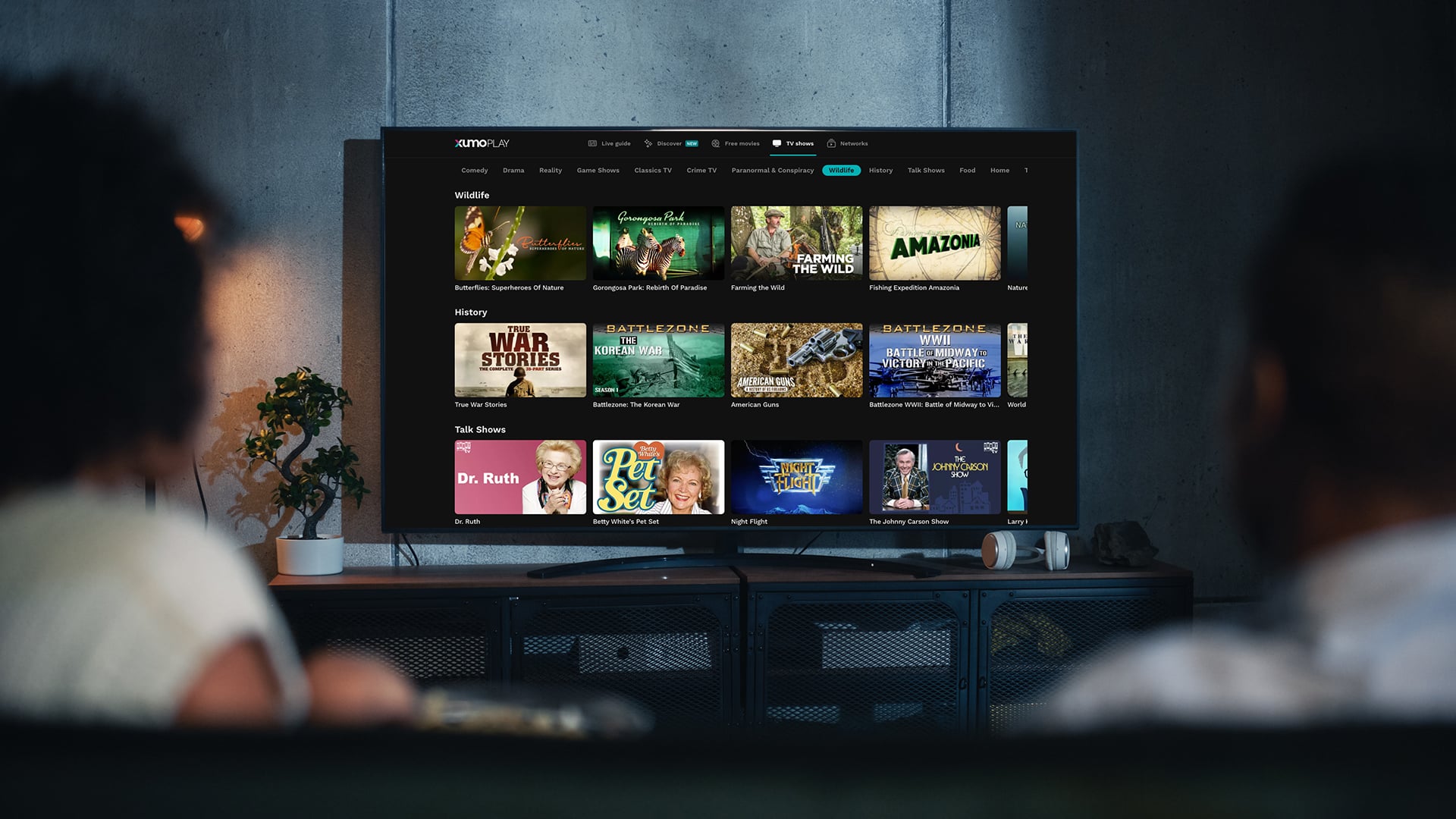The Best Strategy To Use For Apollo Group Tv
The Best Strategy To Use For Apollo Group Tv
Blog Article
Everything about Apollo Group Tv
Table of ContentsThe Definitive Guide for Apollo Group TvThings about Apollo Group TvThe smart Trick of Apollo Group Tv That Nobody is DiscussingSome Of Apollo Group Tv
In this situation, instead than having three-minute commercial spots throughout a 30-minute television program, TV shows might transform to one where a consumer will be required to have a monthly membership, to make sure that they cen view targeted banner ads. This type of advertising and marketing currently occurs on the internet, and the quantity of information tv firms collect enables them to do similar.Define the significant fads amongst the broadcasting and cord networks. Popular radio shows such as police drama Dragnet and western cowboy collection Gunsmoke were adapted for television, and brand-new TV shows were funded by single advertisers, just as radio shows had been.
Today, the television market is much more complex. Programs are sponsored by multiple marketers; programs is controlled by significant media empires; and the 3 major networks no much longer dominate the airwaves but rather share their audiences with numerous cable television networks. A number of factors make up these fads within the sector, including technical advancements, federal government regulations, and the production of new networks.

The Buzz on Apollo Group Tv
Even public television has actually ended up being subject to the influence of advertising. Established in 1969, (PBS) created out of a record by the Carnegie Commission on Educational Tv, which took a look at the role of instructional, noncommercial tv on culture. The report suggested that the government financing public tv in order to give diversity of shows during the network eraa solution developed "not to sell items" but to "boost citizenship and civil service (McCauley, 2003)." Public tv was likewise meant to give universal accessibility to television for visitors in rural locations or viewers who can not pay for to spend for exclusive television services.
The period in between 1950 and 1970 is historically recognized as the. Other than a small section of airtime regulated by public television, the three major networks (called the Big Three) controlled the tv sector, jointly representing greater than 95 percent of prime-time watching. In 1986, Rupert Murdoch, the head of international company Information Corp, launched the Fox network, challenging the supremacy of the Big Three.
Targeting young and minority audiences with shows such as Buffy the Vampire Slayer, Moesha, Dawson's Creek, and The Wayans Bros., the brand-new networks intended to draw stations away from their old network affiliations. Instead than repeating the success of Fox, UPN and WB had a hard time to make an impact. Unable to attract many affiliate stations, both recently established networks got to fewer houses than their larger rivals because they were impossible in some smaller cities.
This decision paved the way for the advancement of cord motion picture networks, contributing to the exponential growth of cable in the 1980s and 1990s. apollo tv group. Additional deregulation of cord in the 1984 Cable Communications Plan Act got rid of constraints on cable rates, enabling drivers to bill what they desired for cable television services as long as there was reliable competition to the service (a standard that over 90 percent of all cable markets can satisfy)
A Biased View of Apollo Group Tv

Having produced the first "superstation," Turner broadened his world by founding 24-hour news network CNN in 1980. At the end of the year, 28 national shows solutions were available, and the cord transformation had begun. Over the next years, the industry went through a duration of quick development and popularity, and by 1994 visitors can pick from 94 basic and 20 costs cable television solutions.
Figure 9 - https://justpaste.it/ibmo0.16 Boosted competition from cord channels has created a consistent decline in the networks' audience scores. During the 1950s, the price of producing a single television show enhanced as shows ended up being much longer and production expenses rose. Sponsorship on network television moved from solitary sponsorship, in which a program was totally supported and produced by one advertiser, to numerous sponsorship, in which advertisers got 1- or 2-minute places on the program
Each reaction must be a minimum why not try here of one paragraph. Pick among the Big Four networks and print out its weekly programs schedule. Watch the network's prime-time programs throughout a week, noting the target group for each show. Observe the marketing enrollers that sustain each program and contrast just how the services and products fit with the intended audience.
The Only Guide for Apollo Group Tv

Linear television, frequently described as standard program TV, includes cord and satellite tv. It's called "straight" since material follows an established programming routine, unlike on-demand content which the private viewer chooses to enjoy based upon their very own preferences and timetable. When you ask, "What is linear TV?", consider it as the traditional method of viewing TV that has been around for years.
Report this page